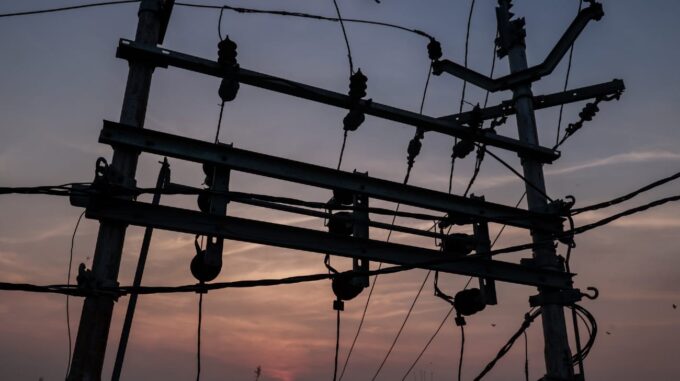Blackout in Spain and Portugal: Consequences of a Rare Atmospheric Phenomenon and Its Impact on the European Power Grid

In early May, Europe, particularly Spain and Portugal, experienced large-scale power outages that caused significant inconvenience for residents, businesses, and critical infrastructure. According to sources from European and international media, the cause of these widespread disruptions was a "rare atmospheric phenomenon" that affected high-voltage transmission lines and led to synchronization failures in the energy system. Data from operators and specialists indicate that full restoration of stable network operation is not expected before a week from now. This delay is related to complications caused by anomalous temperature fluctuations and extreme atmospheric processes, which affected the operation of 400-kilovolt high-voltage lines. Exceptional weather conditions triggered unjustified voltage fluctuations across the networks, leading to their loss of synchronization. As reported by the "European Pravda" portal, citing CNN Portugal, the instigator and cause of the outages was the emergence in the weather pattern of a "rare atmospheric anomaly" based on abrupt temperature swings and sudden changes in atmospheric conditions. According to the electricity grid operator REN, changes in temperature regimes in Spanish regions caused a natural but highly unpredictable disruption of the grid’s stability. As a result, on the morning of April 28, several regions in Spain and Portugal experienced large-scale outages, disrupting mobile operators, airports, transport systems, and other critical infrastructure facilities. Many residents faced communication issues and difficulties in business operations. Nevertheless, some regions of Spain have begun restoring power supplies, although full normalization is expected no earlier than a week later. The spread of the failures also affected France: there, electricity supply was promptly restored, and the network stabilized. Unlike their neighbors, France managed to eliminate the aftermath of the malfunction faster, confirming the high level of preparedness and the capacity of its energy systems. It is worth noting that such atmospheric anomalies are very rare, and according to experts, their frequency may increase due to climate change. Analysts emphasize the need to strengthen preventive measures and modernize power grids to minimize the impact of such phenomena in the future and prevent large-scale power outages from recurring. In conclusion, this unfortunate incident once again highlights the vulnerability of our modern infrastructure, which depends on stable weather conditions and technical reliability. Authorities and energy companies promise to implement necessary measures to strengthen backup networks and adopt new technological solutions that will help respond more quickly and stabilize the situation in case of similar disasters in the future.

